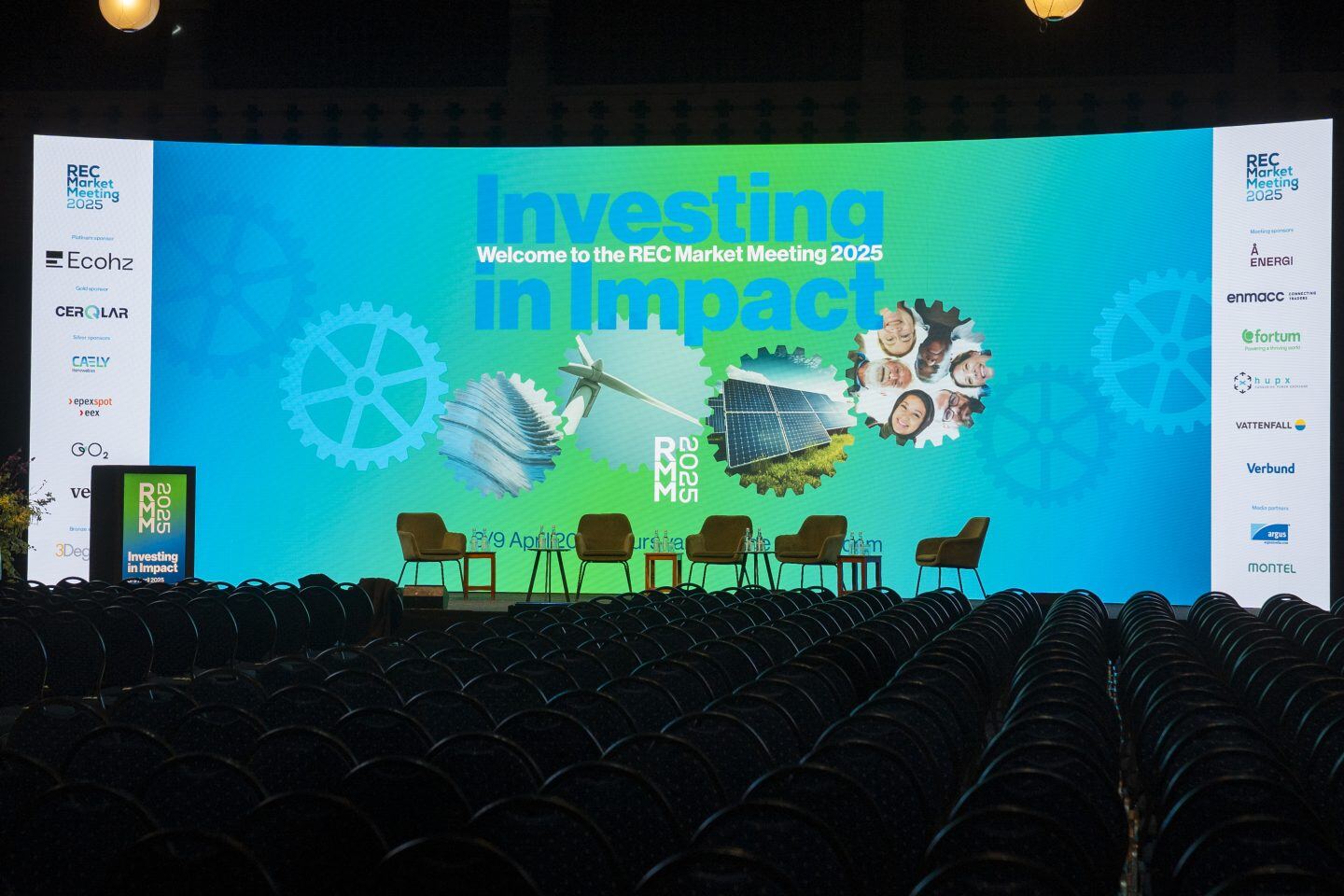Indirect emissions have long concerned businesses trying to cut their carbon footprints. We know electricity production releases greenhouse gases. We know these must be measured and reduced. But what is the right way to do it? To help you answer this common question, we explain the two main methods for reporting Scope 2 emissions and why market-based and location-based accounting are instrumental for corporate climate action.
What are Scope 2 emissions?
The Greenhouse Gas Protocol divides climate-warming emissions into different sections or “scopes”. Scope 2 encompasses the GHG emitted by the electricity, heating, and cooling purchased by an organisation. In other words, Scope 2 depends largely on the source of the electricity a company consumes, either fossil or renewable.
There are two methodologies for assessing Scope 2 emissions: market-based and location-based. The first emphasises the choices and purchases made by individual businesses, while the second focuses on the carbon content of the grid.
Market-based reporting
The market-based approach considers the emissions of the energy source that organisations have deliberately chosen. It relies on contractual instruments, such as Energy Attribute Certificates (EACs), to track the origin of electricity and calculate GHG contributions.
EACs can be bundled or unbundled with physical electricity. That means purchasers can procure physical energy and certificates from the same provider, for example, through a Power Purchase Agreement (PPA), or buy them independently.
The use of market-based instruments is limited by market boundaries. While regions like the European Union and United States-Canada allow the cross-border transfer of Guarantees of Origin (GOs) and Renewable Energy Certificates (RECs), respectively, countries like the UK and Japan operate closed systems restricted to their national borders.
While there are many different standards and systems for market-based reporting, common to all is that they are disconnected from the physical delivery of energy. Consumer can take individual actions regardless of the physical conditions in the grid they get their energy from.
Residual mix factor
As part of market-based Scope 2 reporting, companies must also disclose the emissions of the electricity consumption that they do not cover with EACs. To do that, they must know the composition of the undocumented electricity they source from the national grid, also called residual mix.
The residual mix is calculated by subtracting the renewable electricity claimed through EACs from the total energy supply in a given country. In other words, it is the combination of the fossil, nuclear or renewable energy left after the volume already owned through contractual instruments is taken away.
Companies reporting market-based emissions and who are not buying 100% renewables should base emission factors on the residual mix, not on production mix averages which typically have a higher proportion of renewable sources. In Europe and the US, national energy authorities provide residual mix calculations. A methodology for countries that issue International RECs is also in the making.
Location-based reporting
Location-based reporting relies on the average emissions intensity of the grid. In other words, an organisation's emissions are equal to the amount of carbon released while producing the electricity that feeds the area where it operates.
This method does not consider the specific energy purchases of any given organisation. Rather, it provides a broader assessment of emissions based on the overall energy mix in a geographical region, typically a country. If a company has activity in Mexico, Germany, or Vietnam, it will report based on the average emissions of the energy grid they are getting their energy from.
How to reduce Scope 2 emissions and support renewable energy
As they take different approaches to assessing the origin of electricity, the market-based and location-based methods open distinct avenues for companies to curb their emissions.
The market-based method is more flexible. It allows companies to claim the usage of clean electricity by purchasing Energy Attribute Certificates (EACs), enabling them to actively choose where they source energy from and where their organisational emissions are counted.
By purchasing EACs, consumers generate additional revenue for renewable energy producers that could trigger investments in more clean energy capacity. Regardless of their size or purchasing power, companies can signal markets that they prefer clean sources even in countries or regions where local renewable generation is scarce.
Additionally, market-based instruments are the only way to measure the demand for renewables. Without this documentation, there is no reliable mechanism to know how many companies or individuals are willing to pay for low-carbon energy sources.
The location-based methodology takes on a different approach. While it does not give consumers the chance to reduce their own emissions, it encourages organisations to support renewable energy in their region by standing behind policies that favour renewables. The collective voices of companies that prefer renewable energy are expected to drive more public and private backing for clean energy.
Should my company use the market-based or the location-based method?
Often, companies must use both methodologies to assess and report Scope 2 emissions.
According to the GHG-P, “each method’s results reflect different risks and opportunities associated with emissions from electricity use, and can inform different decisions and levers to reduce emissions.” CDP, the leading voluntary disclosure system, follows this line and requires reporting companies to use both approaches.
The European Corporate Sustainability Reporting Directive (CSRD) also instructs covered firms to apply both methods. However, it does not consider being in a region with high renewable energy production as proof of using clean power. The directive stresses that market-based instruments are necessary to prove the consumption of low-carbon electricity, even in relatively clean grids.
The United States Securities and Exchange Commission recently published new climate disclosure rules that mandate market-based reporting. Covered firms, which will file their first reports in 2026, must inform of the “capitalized costs, expenditures, and losses related to carbon offsets and renewable energy credits or certificates (RECs).”
Other voluntary schemes also prefer market-based instruments. RE100, for example, instructs its members to use EACs to substantiate renewable claims and recognises location-based claims only “on grids which are highly renewable (95% or more) and where no market-based instruments exist.”
In sum, both methods offer valuable information to corporations striving to reduce their carbon footprints. It is up to each company to choose the tools that allows it to create the most positive impact and reap the highest benefits from taking urgent climate action.


.png?width=3840&height=2560&name=Sun(1).png)

.png?width=3840&height=2560&name=Landscape_2(1).png)





